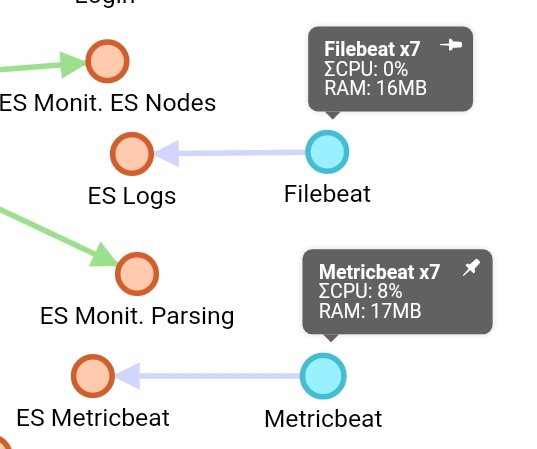Migration to Elasticsearch 7
Spider has been migrated to latest Elasticsearch version to date: 7.2. With it comes many advantages as:
- Confirmed RollUp API
- Index lifecycle management
- SQL interface
- More and more Kibana features
- Performance improvements
The migration was long and a bit painful: there have been many breaking changes in scripts and in the ES node.js library.
The more painful being that ES indices created in version 5 block ES7 from starting.... But it is then impossible to go back to version 6 to open and migrate them: the cluster is partially migrated :( I had to copy the indices file to a local ES6 installation and perform a remote reindex to recover the data in the cluster.
Finally, it is ready and running. And all search API have got a new parameter: avoidTotalHits, that avoid computing the total number of hits in the search response, which make searching a bit faster.











